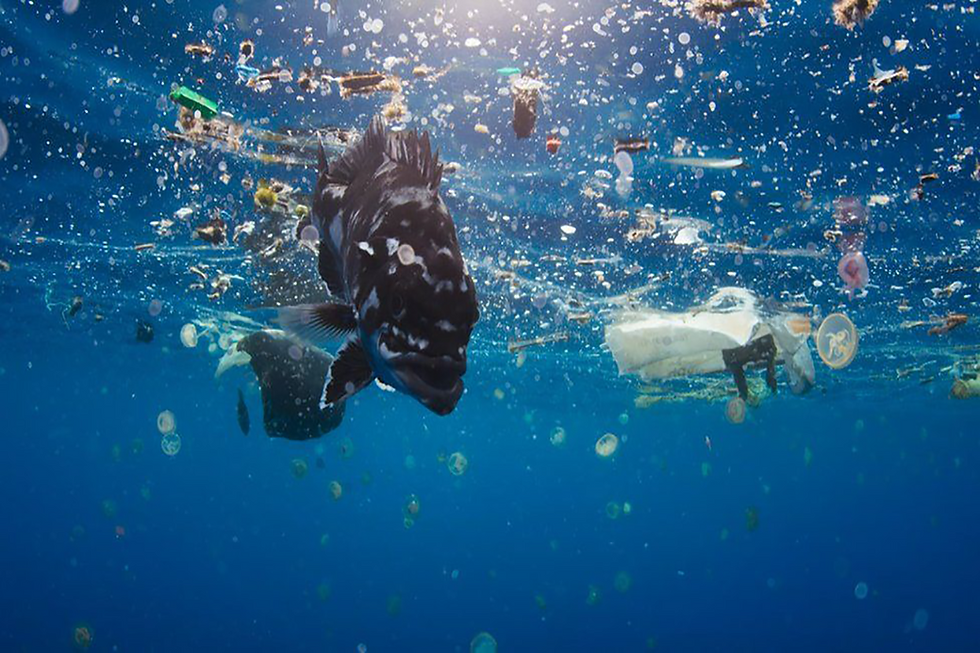From oceans to humans: the potential health effects of microplastics

In 2019, the World Health Organization (WHO) called for more research into microplastics as they are still largely a mystery. Microplastics are particles smaller than 5mm that originate from two sources: man-made products originally small in size, such as microbeads, and tiny particles that have broken down from larger plastic products. Unlike larger plastic pollution like ghost nets, plastic bottles and things we can recognize, researchers are trying to discover what the microplastic particles are, where they come from, how they got there, how much we are exposed to and what the implications are for ecosystems, food security and, especially, human health.
This week, the International Human Health and Oceans Conference is being held in Monte Carlo, highlighting “the various risks human activities expose the oceans to, the threats that those activities and the resulting ocean degradation pose to human health.” Currently, there is limited data on the effects of microplastics on human health, but recent research details that microplastics have been found in seafood and liquids such as beer and water. This review article suggests that because of their small size, microplastics can be ingested by a wide variety of marine organisms.
In the research report titled, A Detailed Review Study on Potential Effects of Microplastics and Additives of Concern on Human Health, scientists suggest that because of the unintentional indigestion, microplastics may pose a threat to human health because “microplastics smaller than 20 µm [are hypothesized to] be able to penetrate organs, and those with a size of about 10 µm should be able to access all organs, cross cell membranes, cross the blood–brain barrier, and enter the placenta, assuming that a distribution of particles in secondary tissues, such as the liver, muscles, and the brain is possible.”
Researcher Luís Gabriel A. Barboza considers “the presence of microplastics in species used for human consumption [being] a global problem and we are vulnerable to microplastic exposure through the consumption of seafood and other human food items.”
Research on the effects of microplastics on the ocean’s health has recently increased over the last few years, yet further research needs to be conducted on microplastics and their threat to human health. Researchers Stephanie Wright and Frank Kelly note that “human exposure concentrations are predicted to be low, although this is partly due to the present technical limitations in sampling and identifying microplastics. Thus, current exposure levels are also probably an underestimation.”
At Ocean Diagnostics, we are addressing exactly this problem by developing and offering technology and services for the sampling and analysis of microplastics. Utilizing our microplastic analysis services allows researchers and other stakeholders to learn more about the chemical and physical characterization of microplastic particles in the environment or from potentially any substrate including food and drinking water, that can pose a threat to humans.
Follow us on Twitter and LinkedIn and subscribe to our email newsletter to receive updates and progress in advancing microplastics research.


